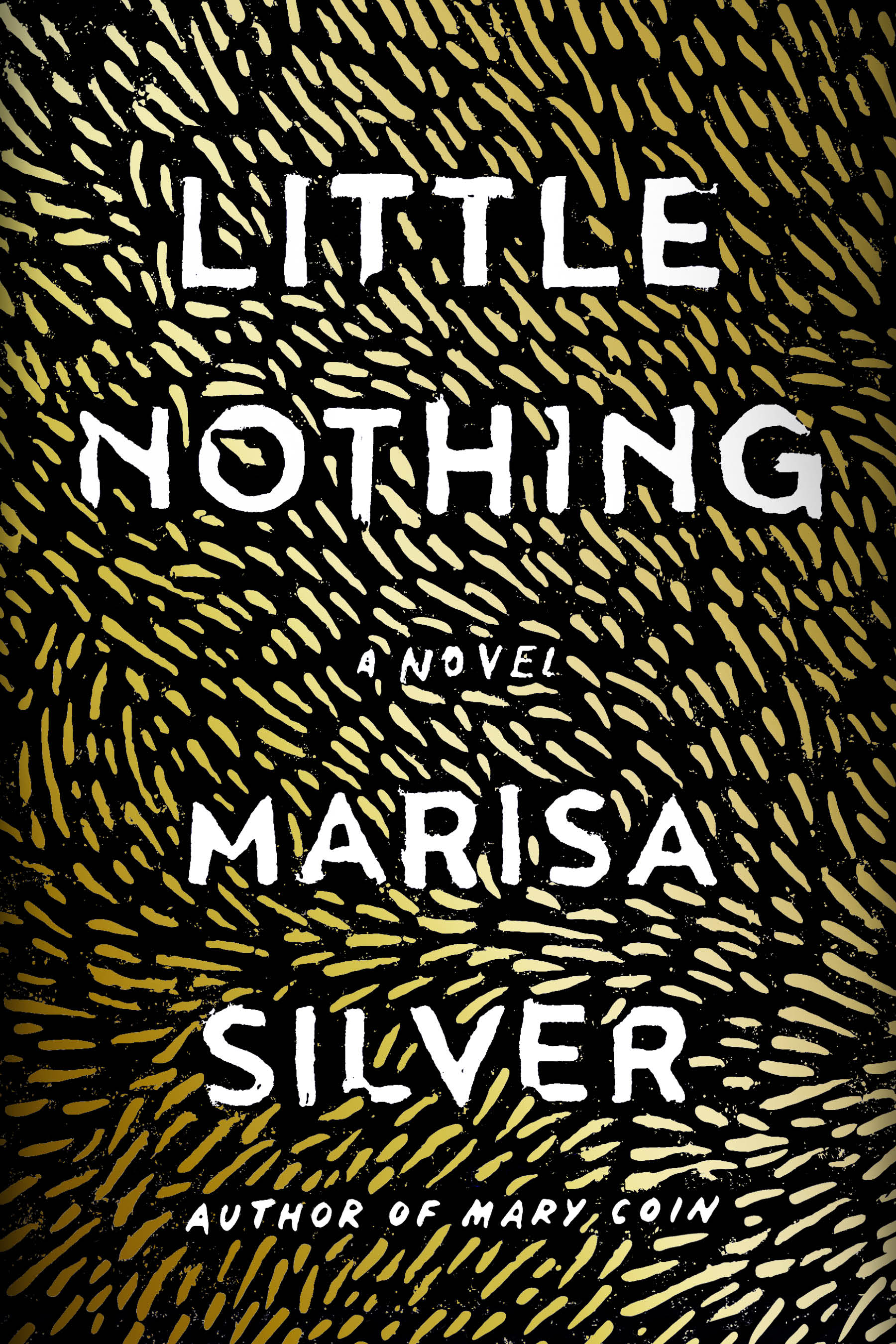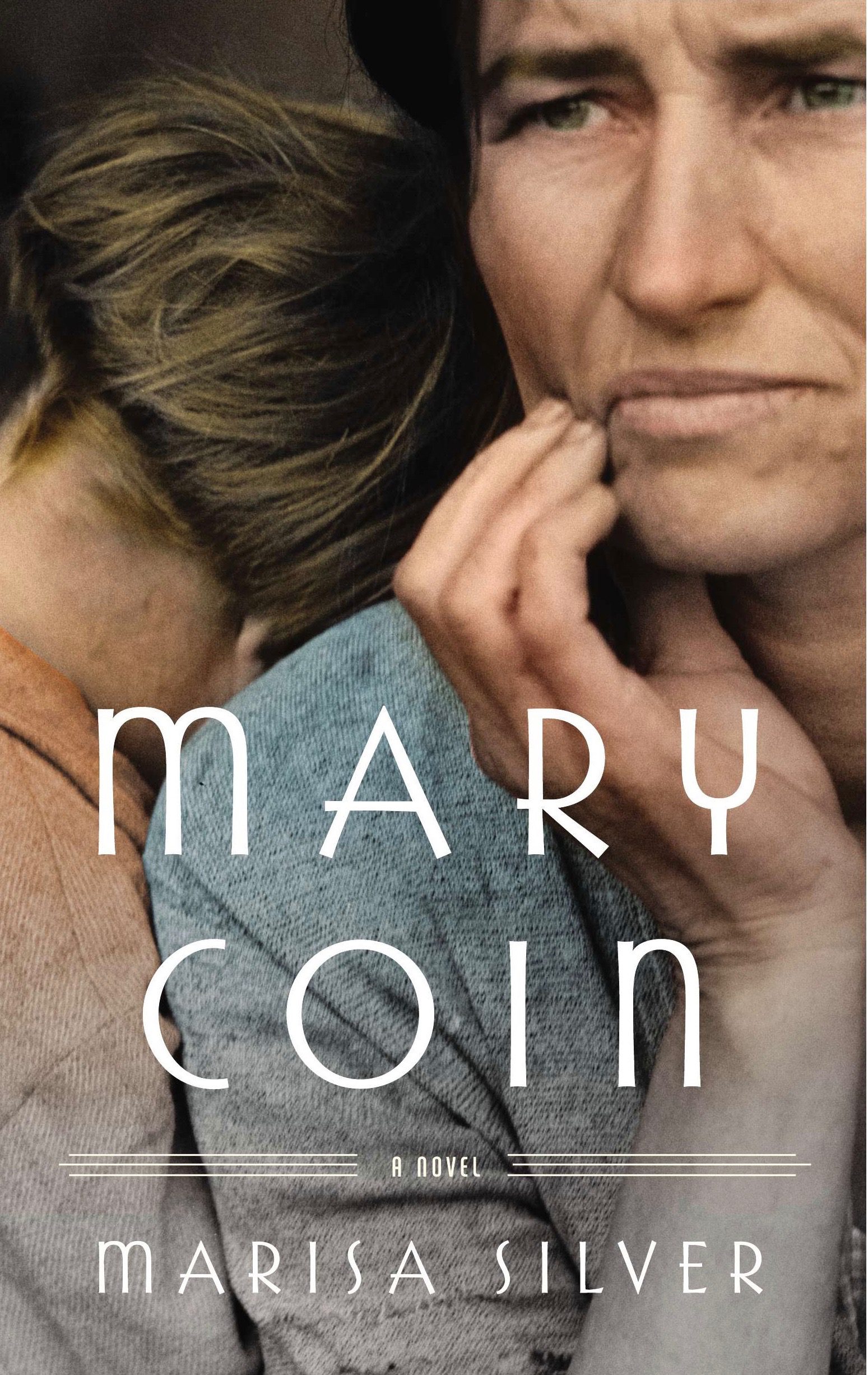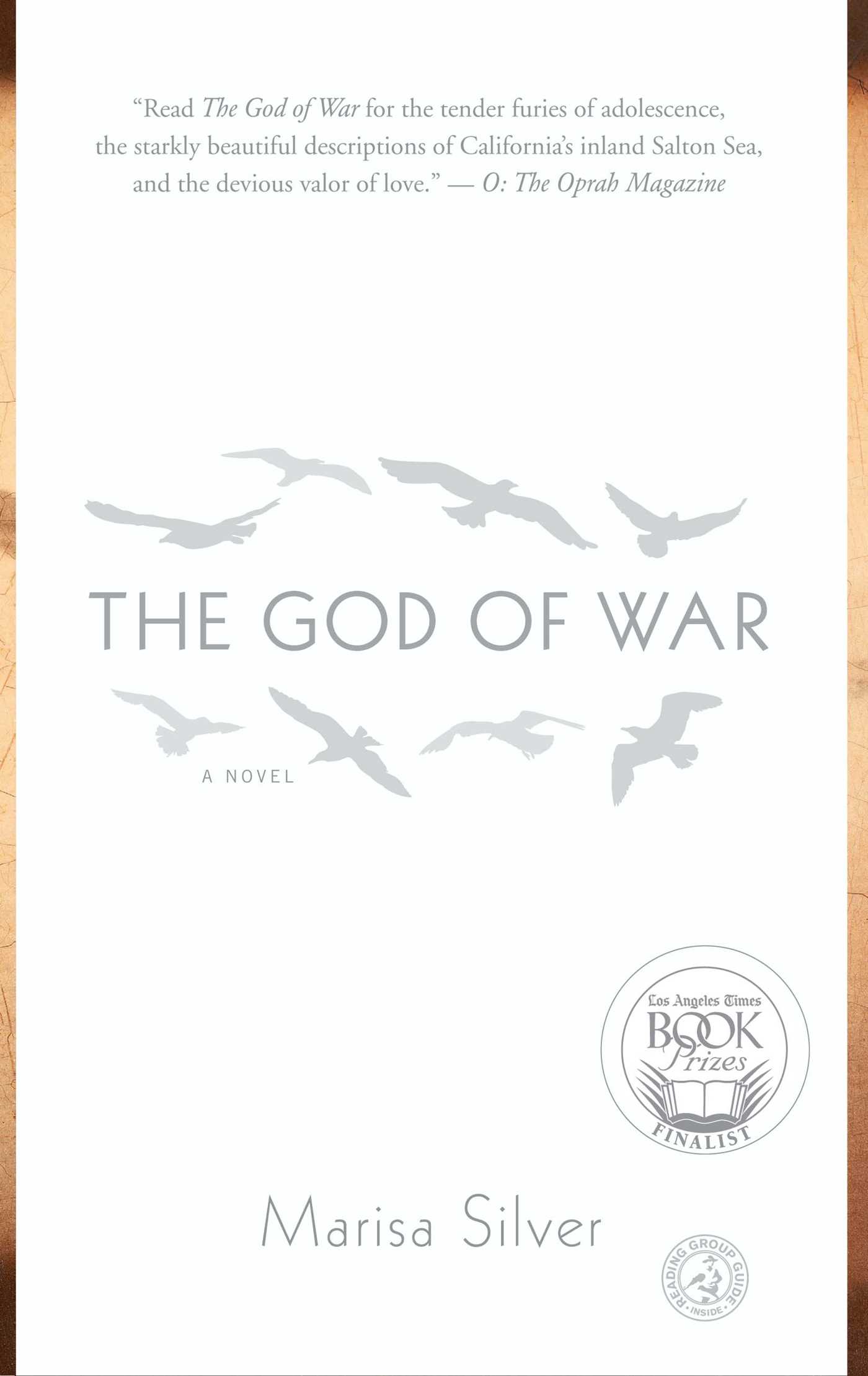Marisa Silver is a formidable writer. The world she weaves is masterfully laid out. Her sharp eye focuses on the brutal changes that women experience, not just emotionally but physically as well. Her beautiful, dreamy novel, Little Nothing, is a story of transformation and love. The book begins with the birth of a girl to two elderly parents who, like in many fairy tales, had wished for a child. Pavla, the daughter they get, is beautiful, smart, and has dwarfism. From there, her adventure moves from a fable-like landscape to an industrial age, and as the world transforms so does Pavla. She wanders through her story followed by the love-sick Danilo who serves as witness to her changes and to his own fragile heart.
Little Nothing evokes such deep feeling and movement in the reading of it that we are transported to this place where the lines between reality and the fantastical is blurred, and yet it somehow all seems so grounded and recognizable as taking place in our contemporary world.
Marisa’s other novels include Mary Coin, a New York Times bestseller, The God of War, which was a finalist for the Los Angeles Times Book Prize for fiction, and No Direction Home as well as short story collections.
***
The Rumpus: There is such a dreamy aspect to the way that this story is told. It does feel very fable-like, but also, I was struck at how it feels as though we are just as disembodied as Pavla is. Like we hover over the physicality of the story just as Pavla transitions from one aspect of her life to the next. I’m curious as to what came first. The idea or the voice?
Marisa Silver: I love that you say that. Writing, for me, is always a dance between the critical part of my brain and the subconscious. The story has to flow from an unstructured, felt place, but then I have to bring my analytical brain to bear on issues of craft. With this novel, I really had to work to not outthink myself so that I could allow these strange and uncanny events to take place, and so that they would feel somehow inevitable, even in the realm of this sometimes surreal universe. The idea for the story came first, when I read the obituary of a man, born a dwarf, whose parents had tried to have him stretched. Needless to say, the therapy did not work for this gentleman, who later became one of the munchkins in The Wizard of Oz. But upon reading about that detail of his life, I suddenly thought: but what if it did work? What then? Once my character, Pavla, is stretched, the floodgates open in terms of what would happen to her body over the course of the novel. That inciting detail about the stretching—well, it seemed like something out of the darkest tale, something that resonated with the world of fable, and so immediately I knew that I was going to be using the specific language and tropes of eastern European folktales to tell my story. The voice of those tales tends to be rather frank and psychologically uninflected. Things, very strange things, happen in folktales and there is never much attention given to the whys and wherefores. I think what makes Little Nothing different is the fact that I do investigate psychology and emotion in the way we have come to expect in modern fiction. This felt necessary so that the story would resonate for the reader, so that he or she would understand the metaphorical implications of the tale and not read it as simple fable. The language of the novel differs from the just-the-facts language of the old tales. It’s robust and earthy, sometimes even baroque. I was writing about the body, and it seemed necessary and right to embrace and even luxuriate in full-bodied, sensual prose.
Rumpus: I have to say as an adult of short stature that when I first started the book I was very hesitant and concerned. I get nervous when there is a dwarf and that use of a little person to herald some kind of remove from reality and as a short cut to a fable-like tale. Can you talk about why you chose to start off with Pavla as a dwarf? What it was about that kind of body that started you on this story? She is stretched and becomes other than a dwarf. Can you talk about why you chose to start off with Pavla as a dwarf when you have her transform in other ways as well?
Silver: I was inspired by that obit, of course, but I think the fact that Pavla begins life as a dwarf has less to do with the typical ways dwarfs are used in folktales or how they are seen in the culture, and more to do with the novel’s considerations of the idea of nothingness. Her smallness of stature causes her to be shunned by her community, and the children at her school refer to her as “Little Nothing” as a way to further diminish her. As the novel progresses, and she goes through all sorts of bodily transformations, as she sheds one identity after another, her obsession is to try to locate herself. Ultimately, when she undergoes the final transformation, which is the most mystical and diminishing of all, she conversely becomes her most essential self. I’m interested in what nothing is. It is not absence. It is a presence. And sometimes it is a more palpable presence than a physical one. Maybe another way to say this is that in the absence of physicality, we sometimes understand exactly who a person is.
Rumpus: I was struck with how in this book and in Mary Coin you have women whose bodies are not able in some way and yet, she is transformed by her camera. What is it about a woman’s body being transformed that intrigues you?
Silver: The book is about a lot of things: transformation, what love might be in the absence of the physical, plumbing (!), but it is also, and perhaps centrally, about women’s bodies and the violence, shaming and suppression women undergo simply because they are born into female bodies. I guess writing about women whose bodies are, as you say, not able or not typical, allows me the opportunity to explore the ways in which the female body is treated by society. All bodies transform over time. We grow, we mature, some of us give birth, we age, we die. As we change, the way in which we are perceived in terms of our relevance, our value, our beauty, and sexual potency changes. I guess I’m drawn to stories of people whose physicality puts them on the outside of things in order to explore the ways in which an identity is formed around these prevailing attitudes.
I’m also interested in endurance. People persist in the face of the most excruciating hardships. We are like flowers always reaching up towards some shred of light. I find this wondrous, nearly magical, certainly brave.
Rumpus: I felt as though in a lot of ways this is Danilo’s story. And even though we are witness to Pavla and her transformations, that really, Danilo carries the heart ad goes through his own transformations into manhood. Did you consider him to be a main character or a secondary character and how did he come about?
Silver: It is true that while the book begins as Pavla’s story and stays that way for quite a while, there is a moment where she drops out of the narrative for a long time and Danilo takes over. This is certainly not the traditional way to go about structuring a novel, but for me, structure is not an arbitrary thing. It is a way to support a novel’s characters and themes. In other words, the structure should suggest the story in some manner. The love story in the novel, which is really Danilo’s story, describes how this young, initially naïve young man, besotted with Pavla from the story’s outset, searches for her through all her iterations. That he must continually convince himself that the irrational is true, and that in all her differing forms, she is, in fact, the one he loves, has a lot to do with why and how we believe in stories. This is a big part of the book, in which people continually tell stories to one another and ask to have those stories believed. It’s also the central question of fiction. Why do we allow ourselves to believe in the invented? Why do we want to? What does it do for us? Danilo’s love is based on unwarranted faith. And I think when we read a book or listen to a story, and when we love, unwarranted faith is paid off handsomely.
Rumpus: Another interesting thing about this book was how we sort of move through history and through the naive to the modern. We recognize the world as taking place a hundred years ago. Without spoiling it too much, plumbing and indoor toilets are a big part of this book. Even to the very end we move from the past to the future. Was there a reason that you set it to evoke that time? And why?
Silver: I did not set the book in a particular time and place. It takes place in some unnamed country in Eastern Europe in some vague time in the early twentieth century. In the same way, fables take place “long ago and far away.” Somehow, despite logic, the lack of specificity allows these stories to take on a kind of metaphorical truth, and this is what I was trying to work with. Whenever I tried to tie the story to a particular time and place, to ground it in some moment in history, it lost its velocity. I suppose the novel needed to, as you say, hover.
Still, there is movement, as you noted. The story takes us from a kind of agrarian, feudal time, through a war, and into a time of industry. We move from outhouses to indoor plumbing to sophisticated urban waterworks. From horse and cart to car. From folk remedies to early Freudian therapy. I suppose that this allows the book to not be frozen in the aspic of the fable, but to feel, by the end, quite real, despite what is taking place.
Rumpus: There is an incredible sadness to the book. A constant yearning and despair that these things that are core to us are right there and just out of reach. Or that love has to be redefined. That feeling is a character unto itself. Was that something that you thought of from the beginning? Or rather did you know where you were going from the beginning when you got to the end? I was so devastated on that last page.
Silver: I never know where I’m headed when I’m working on a book. In fact, not knowing is a necessary condition of writing for me. I don’t know how else to reach something unexpected. I have to be as in the dark as my characters. I had no idea what Pavla would turn into until I wrote the sentences that described each transition. And this was no more true than at the novel’s end, which I wrote in a kind of weird fury, as if I had to write her ending before she slipped from my fingers entirely. I guess it is a bit heartbreaking at the end. But how else to finish? It seemed the only thing that could happen. There was no other choice.







